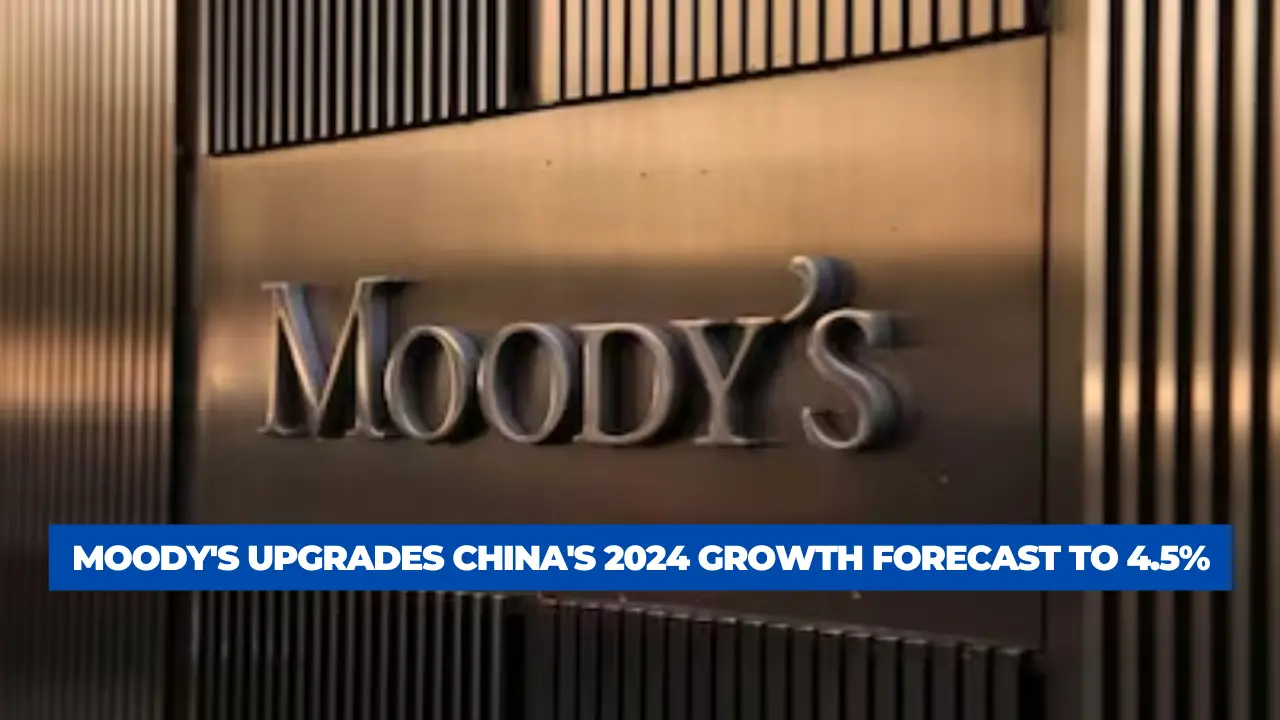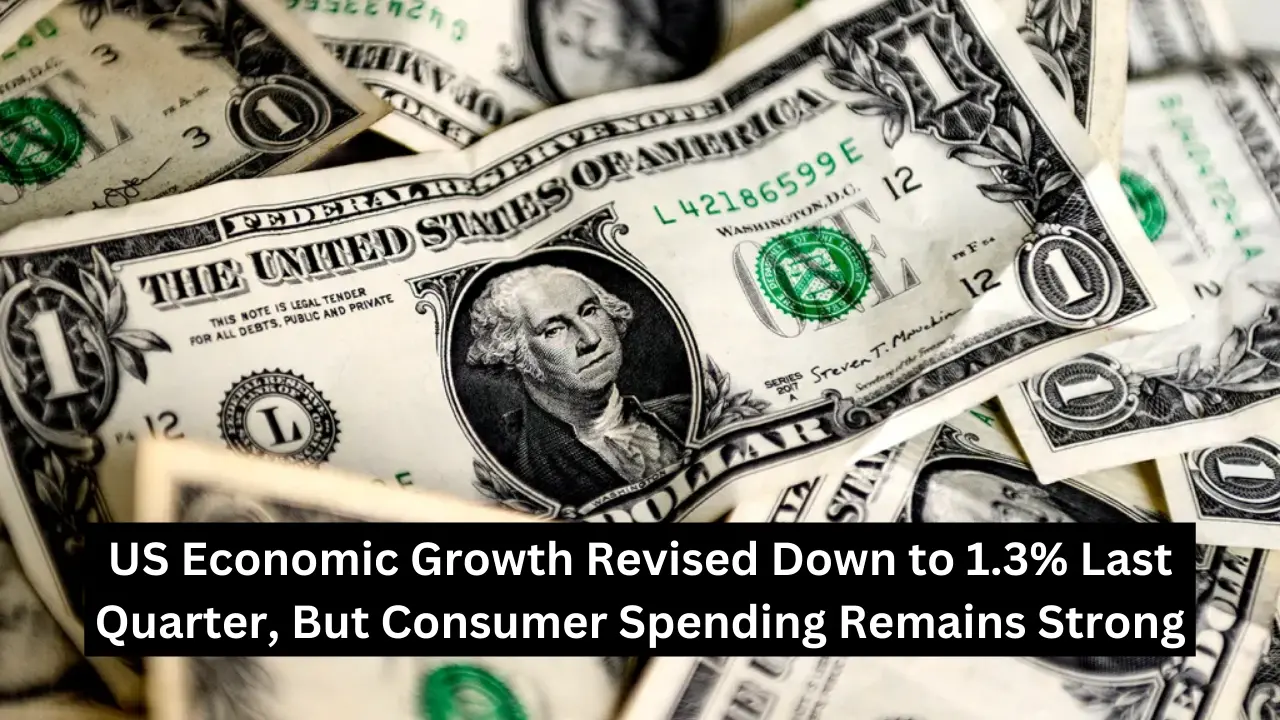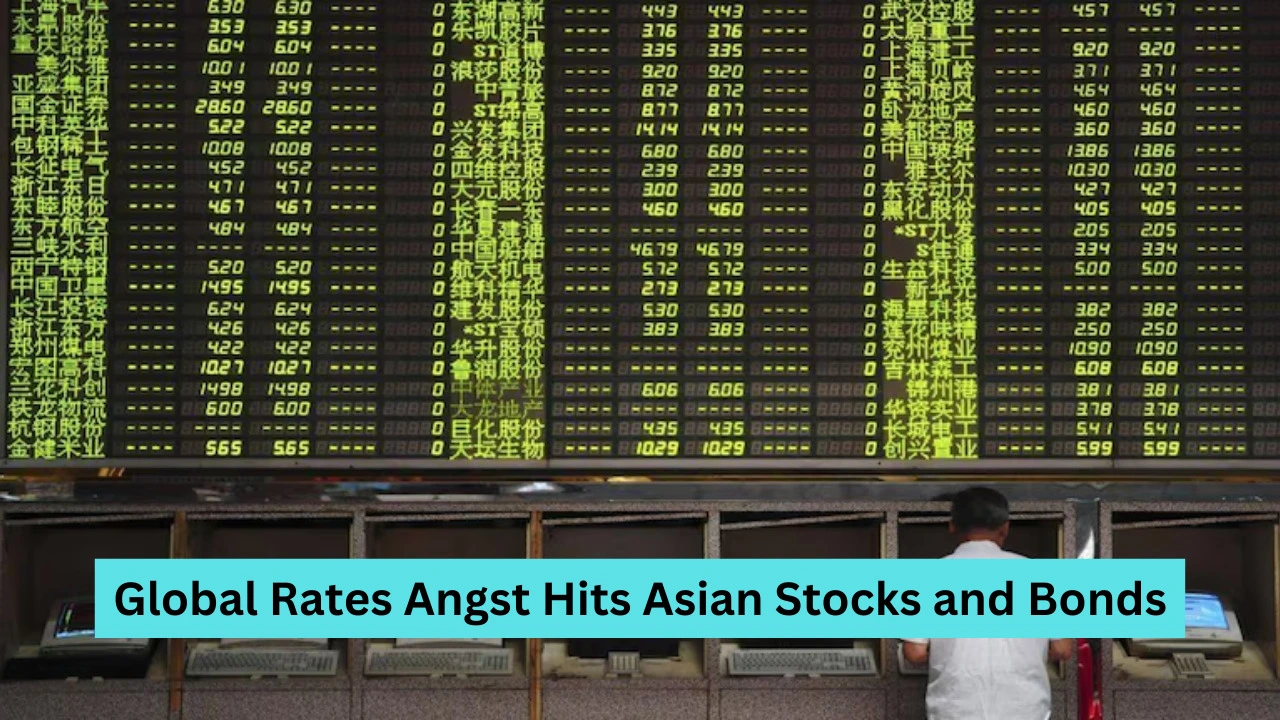In a recent update, Moody’s Investors Service has revised its growth forecast for China, projecting a 4.5% increase in GDP for 2024. This upward revision reflects a more optimistic outlook for the world’s second-largest economy, driven by various favorable factors.
Key Drivers Behind the Forecast Revision
Economic Reforms and Policy Measures
The Chinese government has been implementing a series of economic reforms aimed at stabilizing and boosting growth. These measures include fiscal stimulus packages, infrastructure investments, and policies to encourage domestic consumption. Moody’s believes these efforts will contribute significantly to the country’s economic performance in the coming year.
Recovery from COVID-19 Impact
China’s recovery from the COVID-19 pandemic has been stronger than expected. The country’s efficient handling of the virus, combined with robust vaccination efforts, has allowed for a quicker return to normalcy in economic activities. As a result, sectors like manufacturing, services, and retail have shown considerable resilience and growth potential.
Strong Export Performance
China’s export sector continues to perform well, driven by global demand for its goods. The sustained strength in exports has provided a solid foundation for overall economic growth. Moody’s anticipates that this trend will continue, supported by China’s competitive advantages in manufacturing and supply chain management.
Sectoral Insights
Manufacturing and Industrial Production
The manufacturing sector is expected to be a key driver of China’s growth in 2024. Investments in technology and automation are enhancing productivity, while government policies are supporting innovation and industrial upgrades.
Consumer Goods and Services
With rising incomes and a growing middle class, the consumer goods and services sector is poised for significant growth. Increased consumer spending, particularly in urban areas, will be a major contributor to GDP growth.
Real Estate and Infrastructure
The real estate and infrastructure sectors are also set to benefit from government initiatives. Infrastructure development projects, including transportation and urbanization efforts, are likely to spur
economic activity and create numerous job opportunities, further fueling growth.
Technology and Innovation
China’s focus on technology and innovation continues to drive economic expansion. The government’s emphasis on developing high-tech industries such as artificial intelligence, renewable energy, and biotechnology is expected to position China as a global leader in these fields. Investments in research and development will likely yield significant economic benefits.
Implications for Global Markets
Increased Global Trade
As China’s economy grows, it will continue to play a crucial role in global trade. Strong economic performance in China can lead to increased demand for imports, benefiting trading partners around the world. This could have a positive ripple effect on global markets, particularly for countries with strong trade ties to China.
Foreign Investment Opportunities
With improved economic prospects, China is likely to attract more foreign direct investment (FDI). International investors may find attractive opportunities in various sectors, including technology, consumer goods, and infrastructure. Moody’s revised growth forecast could bolster investor confidence and lead to increased capital inflows.
Potential Challenges
Despite the optimistic outlook, there are potential challenges that could impact China’s growth trajectory. These include geopolitical tensions, regulatory changes, and potential disruptions in global supply chains. However, Moody’s remains confident that the overall growth prospects for China in 2024 are strong.
Quick Review:
Q: What is the new growth forecast for China according to Moody’s?
A: Moody’s has raised its growth forecast for China to 4.5% for the year 2024.
Q: What factors contributed to Moody’s decision to revise China’s growth forecast?
A: The revision is based on several favorable factors, including effective economic reforms, a strong recovery from the COVID-19 pandemic, and robust export performance.
Q: How have economic reforms impacted China’s growth prospects?
A: The Chinese government’s economic reforms, including fiscal stimulus packages, infrastructure investments, and policies to boost domestic consumption, have significantly contributed to stabilizing and enhancing growth prospects.







